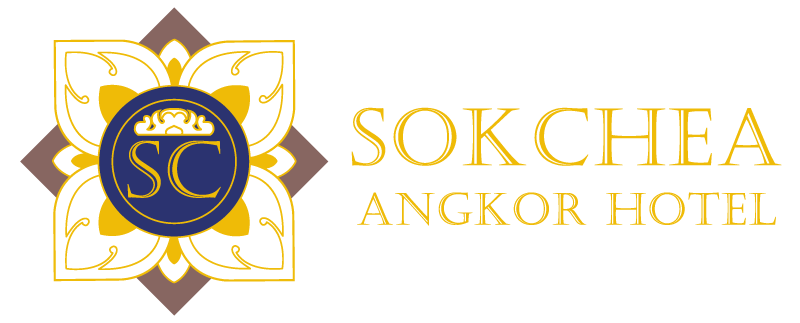Siem Reap is best known as the gateway to the ancient Angkor temples, a UNESCO World Heritage Site and one of the most iconic travel destinations in the world. While exploring the temples on foot is a must, there’s another unforgettable way to witness the beauty and grandeur of Angkor Wat—by taking to the skies on a hot air balloon ride.
The Angkor Hot Air Balloon offers a unique and breathtaking perspective of the temple complex and the lush Cambodian countryside. Unlike traditional hot air balloon rides that drift with the wind, this experience involves a tethered helium balloon that gently rises to about 120 meters (approximately 400 feet), giving visitors a safe yet spectacular panoramic view of the area.
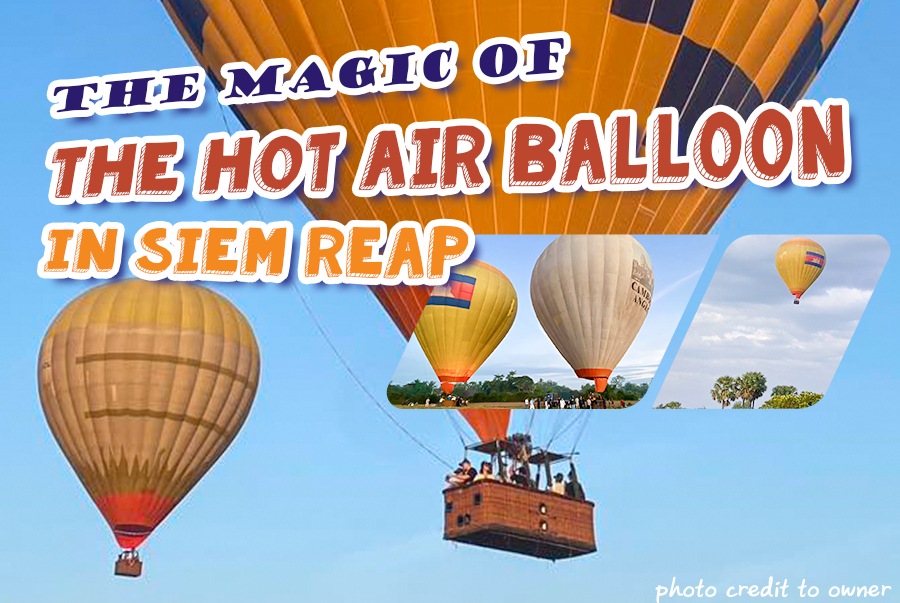
A View Like No Other
From high above, you’ll see Angkor Wat’s majestic towers rising through the jungle canopy, with the early morning or late afternoon sun casting golden hues over the stone structures. The surrounding rice fields, palm trees, and distant mountains stretch out in every direction, creating a stunning backdrop that’s perfect for photography or simply soaking in the moment.
Whether you’re visiting at sunrise or sunset, the atmosphere is nothing short of magical. The stillness of the balloon ride adds to the serenity, making it an ideal experience for couples, families, and solo travelers alike.
Easy and Accessible
One of the great advantages of the Angkor Hot Air Balloon is its accessibility. Located just a few kilometers from Angkor Wat, the balloon site is easy to reach by tuk-tuk or car from Siem Reap town. The experience is also suitable for all ages, making it a great option for those who may not be able to hike through temple ruins but still want to enjoy a spectacular view.
Because the balloon is tethered and doesn’t travel long distances, rides are relatively short—about 10 minutes in the air—but incredibly memorable. It’s also more affordable than a traditional hot air balloon ride or helicopter tour, making it an excellent value for a premium experience.
When to Go
The best times for a hot air balloon ride are sunrise and sunset, when the lighting is at its most dramatic and the weather is usually calm. Cambodia has two main seasons—dry (November to April) and wet (May to October). Balloon rides may be suspended during bad weather, so it’s best to check conditions in advance or consult with your local tour operator.
A Must-Do Experience in Siem Reap
If you’re planning a trip to Siem Reap, don’t miss the chance to see Angkor from a different angle. The Angkor Hot Air Balloon ride is more than just a sightseeing activity—it’s a peaceful, awe-inspiring moment that stays with you long after you’ve come back down to earth.
For travelers seeking something special, this is truly one of the most memorable ways to experience the wonder of Cambodia.
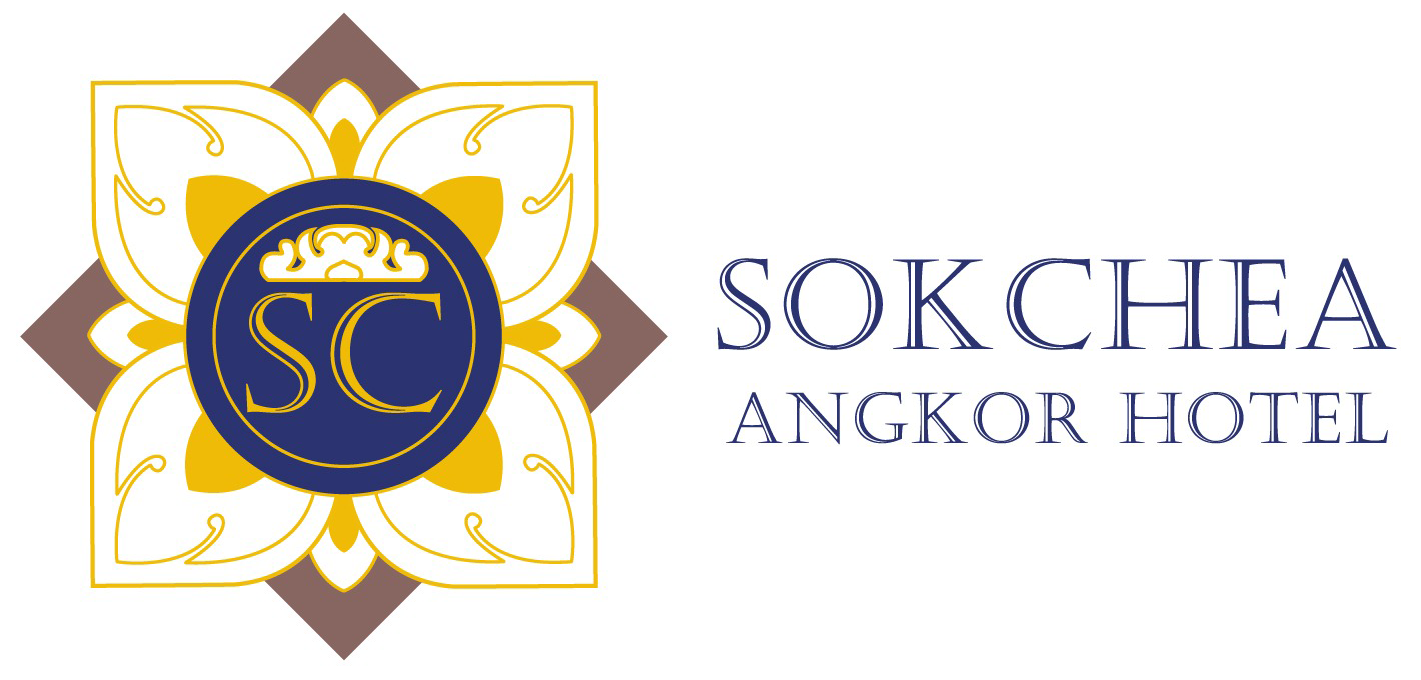
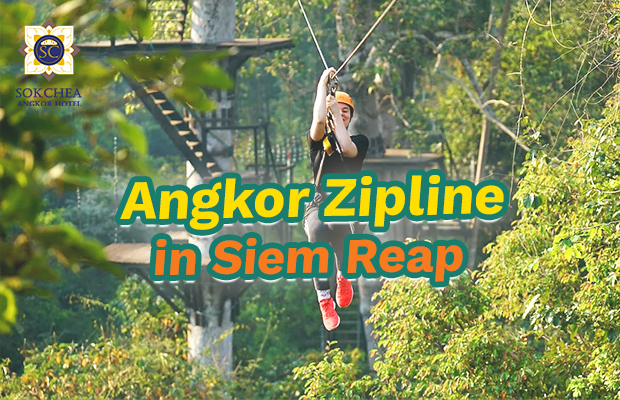
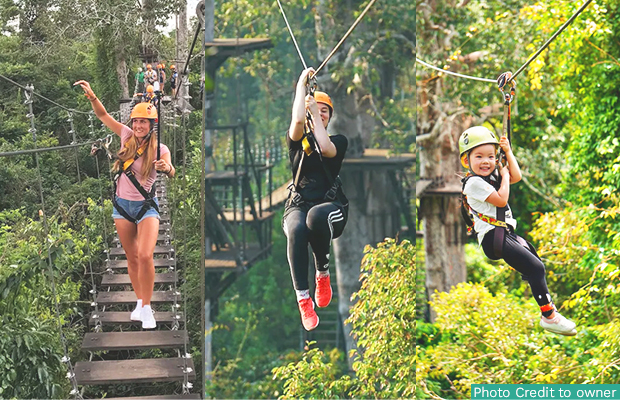
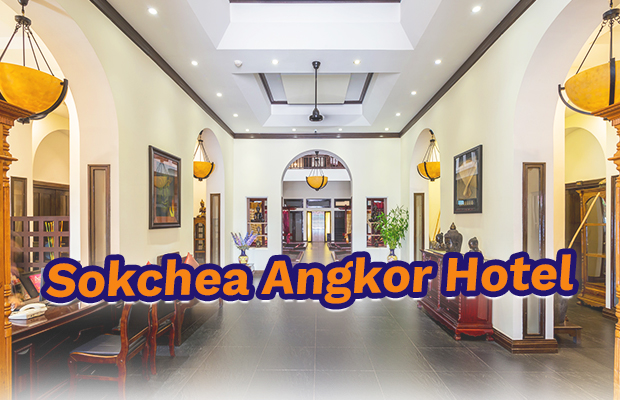
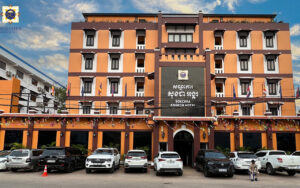

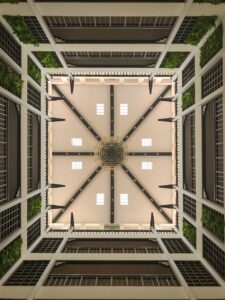 The hotel’s interior design also merges colonial elegance with Khmer touches. High ceilings and wide corridors, characteristic of French Colonial architecture, ensure airflow and natural light, which were practical features adapted to the tropical climate. Meanwhile, the choice of traditional patterns, warm wood tones, and handcrafted décor pieces pay tribute to Khmer artistry. This thoughtful combination creates an environment that is both comfortable and culturally immersive.
The hotel’s interior design also merges colonial elegance with Khmer touches. High ceilings and wide corridors, characteristic of French Colonial architecture, ensure airflow and natural light, which were practical features adapted to the tropical climate. Meanwhile, the choice of traditional patterns, warm wood tones, and handcrafted décor pieces pay tribute to Khmer artistry. This thoughtful combination creates an environment that is both comfortable and culturally immersive.
